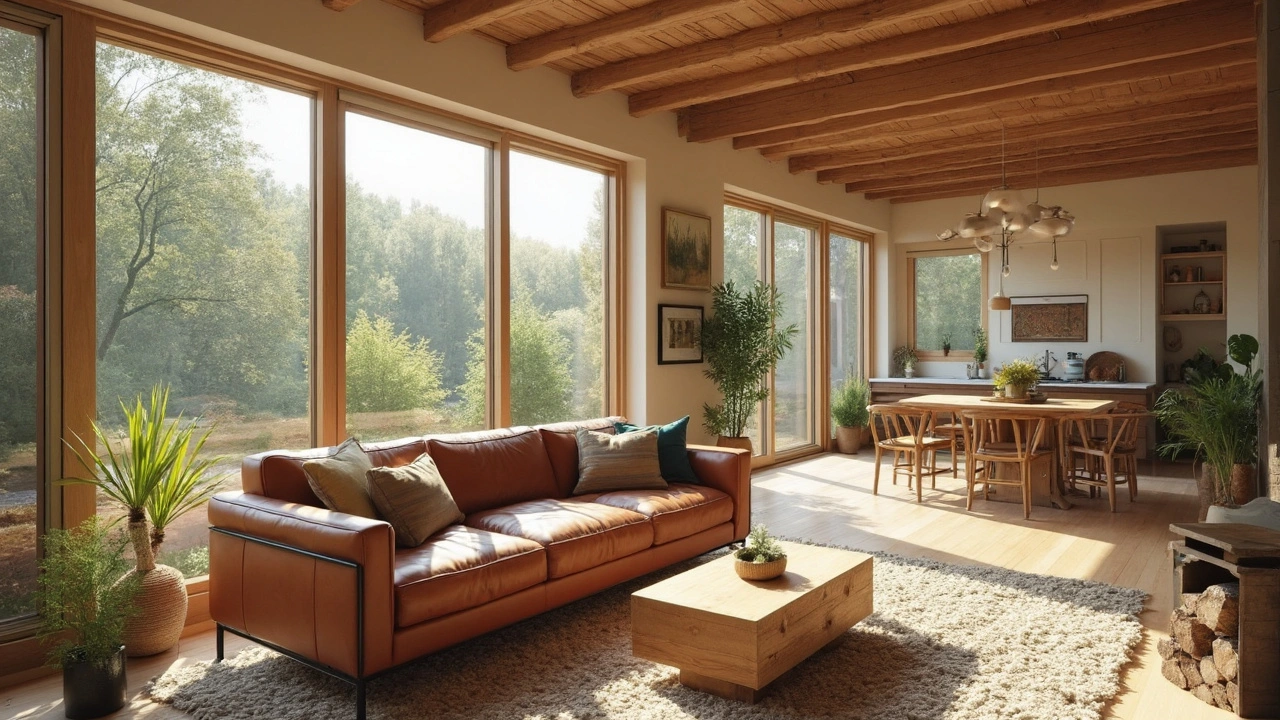Discover practical tips for redecorating your ranch-style house, focusing on open spaces, natural lighting, and cohesive design. Embrace simple color palettes to enhance the charm and make the most of your living space. This guide will help you create a home that exudes warmth and style.
Redecorating: Practical Tips to Refresh Your Space
Ready to redecorate but not sure where to start? Redecorating isn't about buying everything new. Small, smart changes—layout, lighting, a few textures—can transform how a room looks and feels. This page pulls quick, usable ideas you can try this weekend, with style tips inspired by classic architecture.
Plan with style and function
First, pick one clear goal: more light, better flow, or a stronger style voice. Measure the room and take photos. Decide which furniture must stay and which can go. Use a simple mood board: one color palette, two materials, and one focal piece. If you love clean lines, lean on mid-century modern choices. If you prefer drama and detail, borrow a Beaux-Arts accent like an ornate mirror or molding. Match function to style—don’t add a delicate chair where kids play every day.
Think about scale. A huge sofa can overwhelm a small room; a tiny rug can make a big space feel empty. Balance sizes so sightlines move naturally from one area to another. Create zones: a reading corner, a conversation area, a work nook. Rug placement and lighting help define those zones without walls.
Budget-friendly swaps that make a big impact
Change lighting first. Swapping a dull overhead fixture for a layered set of lights— a pendant, a floor lamp, and a table lamp—changes mood and function instantly. Update hardware: new cabinet knobs, door handles, and light switch plates are cheap and visible changes. Paint is the fastest makeover; a fresh coat can alter scale and light. Pick a color that ties to existing pieces so you don't need to replace everything.
Use textiles to reboot a room. New curtains, throw pillows, and a blanket add pattern and warmth. Mix textures: leather with linen, velvet with wood. Plants revive corners and clean air. If you want a historic feel, pick one feature and play it up—crown molding, a mantel, or a column-like console. For modern looks, focus on minimalism and one bold accent color.
Work with what you have. Reupholster a favorite chair, refinish wood floors, or rearrange furniture for better flow. Swap artwork between rooms to give pieces a fresh context. Thrift stores and online marketplaces are great for unique finds—look for frames, lamps, and tables that need minor fixes.
Finally, test before you commit. Use peel-and-stick samples for wallpaper, temporary paint samples on small walls, and movable furniture to try different layouts. Take photos of each setup; the camera shows proportions differently than your eyes. Redecorating should be fun and iterative—small choices add up to big change.
Set a short timeline and pick three priority tasks. Start with the item that changes daily life—lighting, seating, or storage. Schedule a weekend for shopping and a second for installation. Keep receipts and measure twice before buying custom items. If you want a stronger architectural feel, add one permanent element: trim, a built-in shelf, or new door casings. That small permanent change lifts the whole room. Start small, then expand with confidence.

